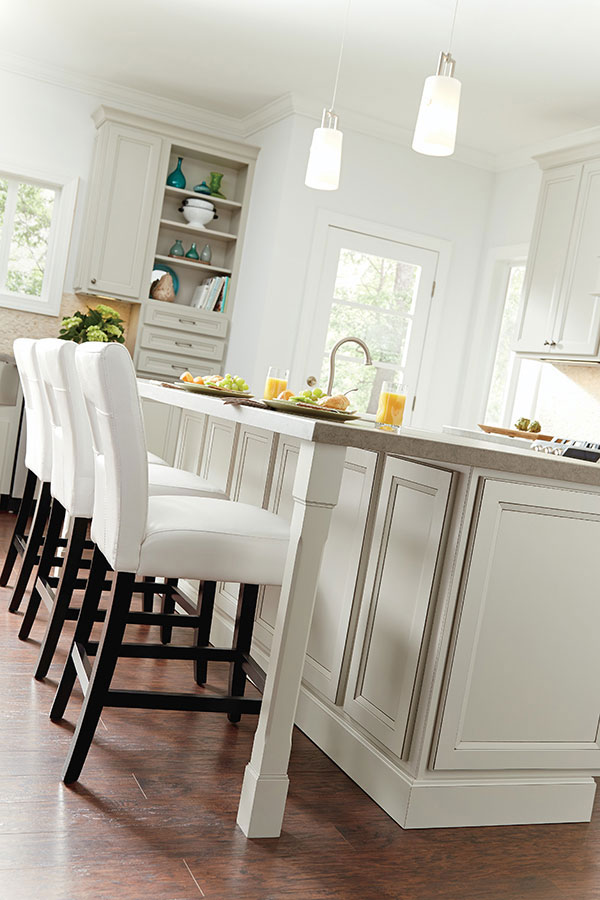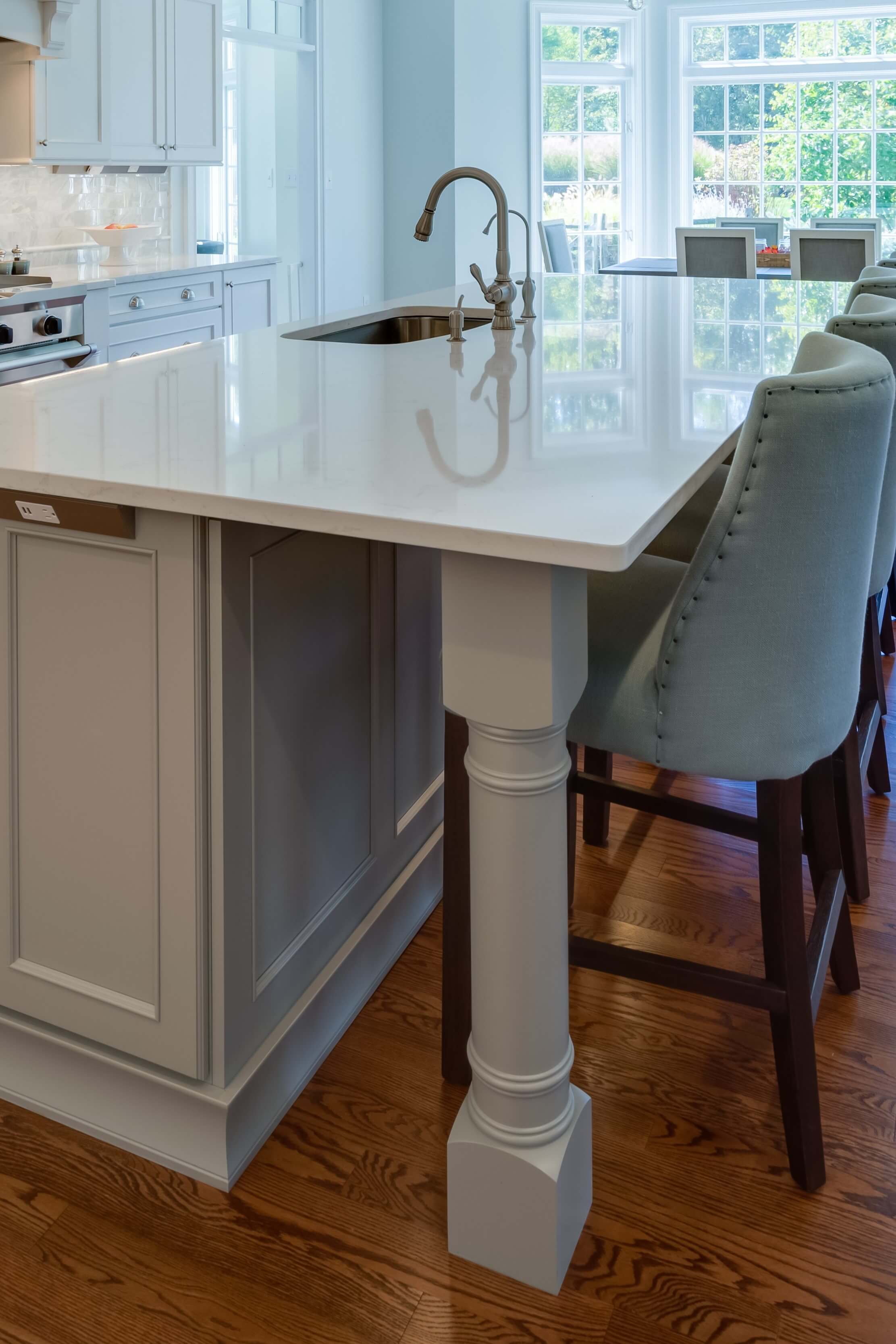Accomplish the Perfect Equilibrium of Kind and Feature with Legs For Kitchen Island
Accomplish the Perfect Equilibrium of Kind and Feature with Legs For Kitchen Island
Blog Article
Essential Aspects to Take Into Consideration When Picking Legs For Cooking Area Island
Picking the suitable legs for a kitchen island entails a careful evaluation of numerous elements that can substantially influence both functionality and aesthetic appeal. Amongst these, the selection of product plays a crucial role in ensuring sturdiness, while the style must enhance the existing decoration. In addition, considerations such as height and weight assistance are crucial for security and convenience. As we discover these aspects, it comes to be clear that each decision can have far-reaching effects for the overall cooking area experience. What nuances should be thought about in each of these categories to accomplish the suitable balance?
Material Options
When selecting legs for a kitchen area island, recognizing the numerous product choices is crucial for attaining both aesthetic charm and structural honesty (Legs For Kitchen Island). The selection of product substantially influences not just the resilience of the island but also its general design and performance
Wood is a popular option, using warmth and adaptability. Strong hardwoods, such as oak or maple, provide toughness and can be stained or painted to match the kitchen design. Steel legs, typically made from stainless steel or wrought iron, add a commercial and modern feeling while making sure toughness and security. These materials are resistant to use and can sustain significant weight, making them perfect for larger islands.
An additional choice is crafted materials, like MDF or plywood, which can be a lot more cost-effective while still using a range of surfaces. Nonetheless, they might not give the exact same level of security as strong timber or metal. Materials such as acrylic or glass can produce a contemporary appearance, though they may need additional assistance to guarantee security.
Ultimately, the choice of product for cooking area island legs need to straighten with the desired functionality and the overall theme of the kitchen.
Design And Style

When taking into consideration style, the shape and surface of the legs are crucial. Tapered legs can offer a feeling of lightness and sophistication, while thicker, a lot more durable legs can share strength and stability. Additionally, the coating-- be it painted, stained, or natural-- should complement the cabinets and kitchen counter products to create a unified look.
Moreover, the layout of the legs can also reflect individual preference. Custom or ornamental legs, such as those including complex makings or special geometric shapes, can function as focal points, including personality and individuality to the kitchen. Inevitably, the right selection will certainly not just enhance performance yet additionally raise the aesthetic charm, making the kitchen area island a standout attribute of the home.
Elevation Considerations
Selecting the ideal elevation for kitchen island legs is vital, as it straight affects both performance and convenience. The common height for a kitchen area island generally ranges from 36 to 42 inches, lining up with typical counter top heights. A 36-inch elevation is optimal for food prep work and food preparation, enabling for comfy use cooking area devices and tools. Conversely, an elevation of 42 inches is usually chosen for islands planned for bar seats, fitting taller feceses and supplying a laid-back dining experience.

It is likewise important to make up individuals' heights and preferences. Personalizing the elevation can ensure a comfy experience for all family participants, making the kitchen area island an extra functional and enjoyable room.
Weight Support
Guaranteeing adequate weight assistance for kitchen area island legs is essential for both safety and security and functionality. The kitchen area island frequently offers several purposes, including cooking, eating, and additional storage, requiring a robust assistance framework. When picking legs, it is vital to take into consideration the general weight ability required based on the island's planned usage and the products that will certainly be put on it.
The choice of product for the legs plays a significant function in their weight-bearing abilities. Solid wood, steel, and durable compounds typically provide premium strength contrasted to lighter materials. Additionally, the layout of the legs-- whether they are directly, tapered, or have a pedestal kind-- can influence their capacity to distribute weight efficiently across the structure.
Additionally, the leg placement must be tactically intended to enhance security. Legs placed at the edges or with a broader base can much better sustain heavier loads. Always speak with the manufacturer's requirements regarding lots limitations to ensure that the legs can sustain the designated weight dig this without compromising safety. In summary, picking kitchen area island legs with adequate weight assistance is crucial for producing a useful and secure culinary room.
Setup and Maintenance
Appropriate installation and maintenance of kitchen island legs are vital for ensuring durability and security. This commonly entails safeguarding the legs to the island base using ideal bolts, making sure that the legs are degree and aligned.
When mounted, routine upkeep is required to preserve the integrity and appearance of the legs - Legs For Kitchen Island. For wood legs, regular cleaning with a moist fabric and application of ideal web link wood gloss can prevent dampness damage and preserve their finish. Metal legs may call for a gentle cleaning solution to get rid of grease and gunk, complied with by a completely dry cloth to stop rust development
Furthermore, examine the legs frequently for signs of wear or damage, such as cracks or loosened joints. Tightening screws or screws as required can additionally extend the lifespan of the legs. By sticking to these installation and maintenance techniques, property owners can guarantee that their kitchen area island stays durable and aesthetically appealing for many years to find.
Verdict

Aesthetic coherence is vital in picking the style and design of legs for a kitchen area island, as these aspects substantially affect the overall ambiance of the area. Tapered legs can supply a feeling of agility and elegance, while thicker, more robust legs can convey stamina and stability.Selecting the proper elevation for kitchen area island legs is critical, as it straight influences both capability and convenience. In recap, picking cooking area island legs with adequate weight assistance is essential for creating a functional and safe culinary room.
In verdict, picking legs for a cooking area island requires cautious consideration of various elements, including product alternatives, design, height, weight support, and installation.
Report this page